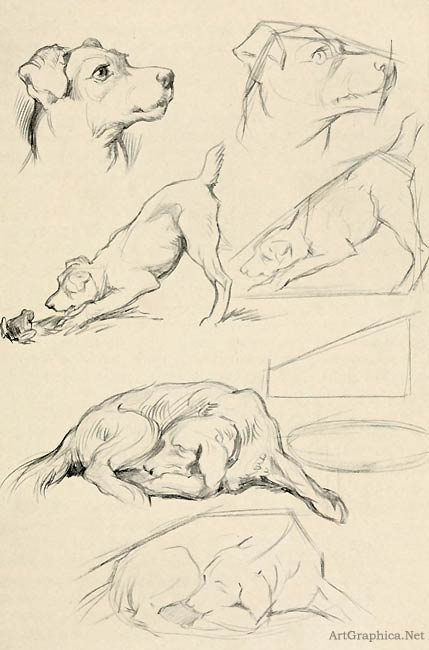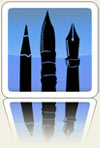Drawing for beginners
Drawing for beginners is a free online art book, which although slightly dated, offers timeless advice for those wishing to learn how to draw.
Everybody has to start somewhere, and for the enthusiastic beginner, passionate yet overwhelmed by the enormity of the task in front of them, it is often hard to know where to start. The subject of art is a huge undertaking, and for the self-taught artist, creating a structured approach is far from simple. Many aspiring artists long to delve straight into a medium like watercolous or oil paints, but it is important to begin with a humble pencil, or stick of charcoal as a strong foundation and base in which to grow and evolve.

Dorothy Furniss’ book on drawing for beginners is a great starting point in which to gain a broad understanding of many of the basic concepts, championing the simplicity of a pencil from the very start, though also discussing other media, such as drawing with a brush (which should appease those wanting to delve into various media associated with painting), and the use of charcoal, which although oftentimes messy, is an extremely useful medium for beginner and experienced artists alike.
Drawing for beginners will engage the reader, and get them to attempt drawing many household objects of various textures, shape and design. How does one draw the lightness of a feather, and the hardness of a rock, when using the same pencil on a two dimensional sheet of paper? These practical experiments offer the art student interesting challenges, and immediately engage the brain into a dialogue with itself in a way that allows the student to not only visualise the world around them, but question what it is to actually see. There is a little of a scientist and philosopher in all artists.
The book does cover some difficult areas, in fact some of the most challenging any artist may face. Such an example is the chapter on drawing hands which comes early on. Many of the old masters were critiqued by their ability to draw and paint hands as an assessment of their art skills. Students should not judge themselves too harshly, for if you can draw a realistic and well proportioned hand then you have probably spent several years honing your drawing skills already. Feet and faces also provide similar challenges.
For the animal lovers, there is a chapter dedicated to drawing pets, with the great, if not obvious, piece of advice that recommends drawing animals when they are at rest! As with previous chapters, Dorothy does encourage the student to consider the anatomy that lies beneath the skin as this ultimately gives wildlife its form.
If the art student is despondent with their drawings, it may be prudent to jump ahead to the chapter on measuring and perspective. There are some great drawing tips to be learn, from how to measure with a pencil, checking lines with a plumbline and basic issues with perspective, demonstrating one, two and three point perspective, showing horizons and vanishing points.
Sketching outdoors for the beginner artist is a very positive way of improving our vision, and to continue the philosophy of analysing the visual world around us, in ways that photographs cannot. That is not to imply photographs are bad or do not have their uses, but light, form, depth and edges in nature have a subtlety that cannot be observed by anything other than direct observation. Sketching also forces the art student to work quickly and not worry about trying to finish an entire drawing, and such regular studies lead to swifter and greater development.
The very last chapter of the art book looks at correcting drawings. As a beginner sometimes the most obvious mistakes are not at all apparent, and can hold us back in improving our proportions. When drawing a portrait, often the eyes get too much attention and appear too large for example. Asking a second opinion can be useful, but perhaps one of the simplest tricks is to take a mirror and look at your drawings in reverse. When working on a piece it is hard to remain objective and to see what you have done with fresh eyes. The mirror gives you a chance to do just that, and any distortions are usually picked up quickly.
View the book here : DRAWING FOR BEGINNERS

Reader Comments
I’m a newbie to art, and really appreciate you making this book available.